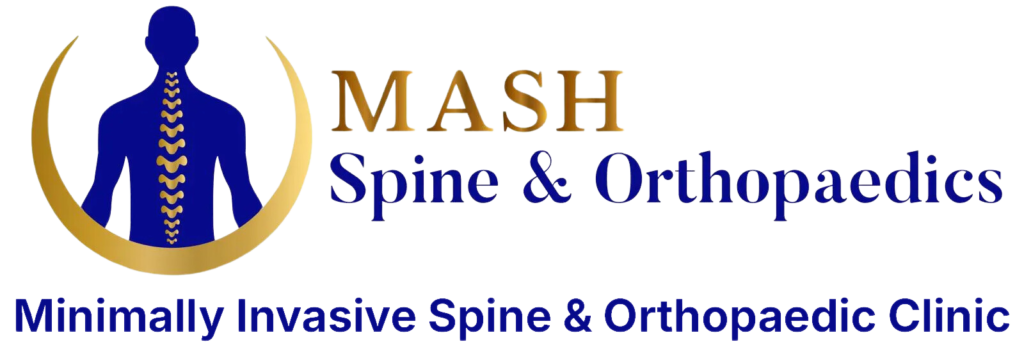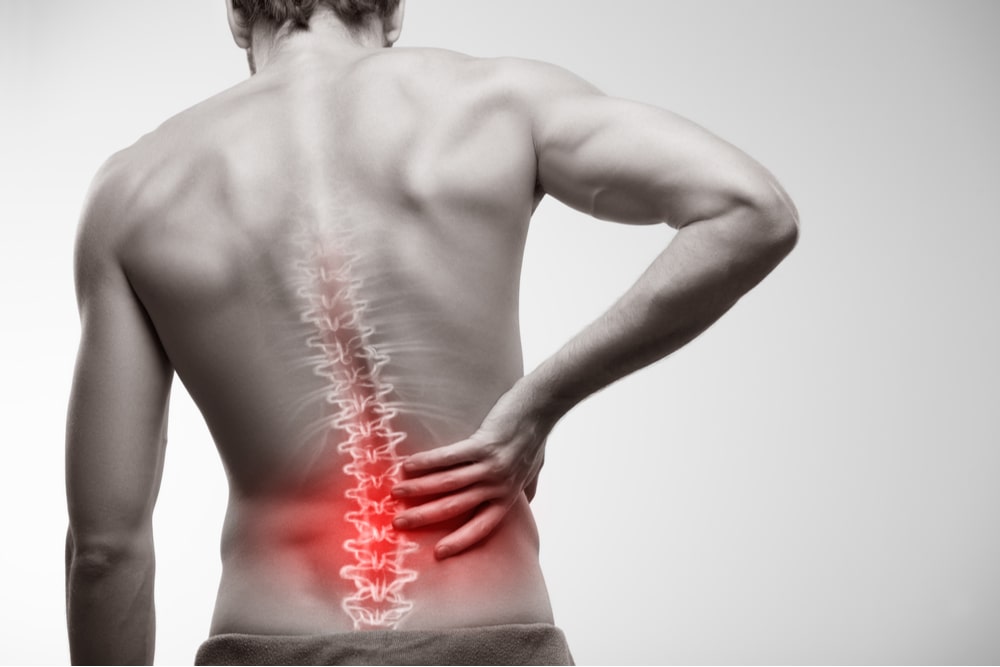Have you ever had a sudden, intense pain in your back and wondered if it was caused by something more than strained muscles? Back discomfort is common for most individuals, but how can you tell if it’s a simple pulled muscle or something more serious, like a slipped disc? Both can be uncomfortable, but there are significant differences in the underlying causes and symptoms, and knowing these differences will help you receive the appropriate therapy more quickly.
We’ll go over the main distinctions between a slipped disc and common back discomfort in this article, as well as talk about potential causes and helpful preventative measures. By the end, you’ll be more equipped to recognise the symptoms and take appropriate action when your back starts acting up.
What Exactly Is a Slipped Disc?
A slipped disc, also known as a herniated disc, sounds more alarming than it is. The term might make you picture something “sliding” out of place, but the truth is slightly different. The spine is made up of 24 vertebrae, with soft, cushion-like discs between each one. These discs have a tough outer layer called the annulus fibrosus and a soft, jelly-like centre known as the nucleus pulposus. The discs act as shock absorbers, helping your spine stay flexible.
It may sound more serious than it is to have a slipped disc, also called a herniated disc. The phrase may conjure up images of something “sliding” out of position, but the reality is somewhat different. The cushion-like, soft discs in between each of the 24 vertebrae make up the spine. These discs comprise a soft, jelly-like nucleus pulposus in the core and a stiff outer layer termed the annulus fibrosus. By serving as shock absorbers, the discs maintain the flexibility of your spine.
Regular Back Pain: What Causes It?
Regular back pain, on the other hand, usually has a completely distinct origin and is commonly brought on by overuse or straining of the muscles. A complex network of muscles, ligaments, and bones sustains your posture and mobility; this network is found in your back. Back strain can result in dull, painful pain when you overexert yourself, which can happen from lifting heavy objects, bad posture, or abrupt, uncomfortable movements.
Common causes of regular back pain include:
- Overexertion: Vigorous lifting or abrupt motions can cause muscles to become overstretched or torn.
- Poor posture: Prolonged periods of time spent slouching or sitting down can stress your back muscles.
- Repetitive motion: Bending or twisting is an example of an action that might cause chronic back discomfort if done repeatedly.
- Inadequate conditioning: Your back may sustain damage if your core muscles are weak.
- Regular back pain is typically localised, meaning it stays in one place and doesn’t radiate down your legs or buttocks like a slipped disc’s intense, radiating pain.
How to Tell the Difference Between a Slipped Disc and Regular Back Pain
Even though both a slipped disc and chronic back pain can be excruciating, you can identify the cause of your back pain by recognising several distinct differences.
1. Where the pain is: When you have chronic back pain, you frequently have a dull ache in your back that gets worse when you move or remain still for extended periods. On the other hand, acute, radiating pain that can reach your feet, buttocks, and legs is typically caused by a slipped disc. In the afflicted areas, numbness, tingling, or weakness may coexist with the discomfort.
2. Type of Pain: The sensation of muscle strain is similar to stiffness or soreness, which becomes better with rest and gets worse with exercise.
Conversely, a slipped disc feels more like a stabbing, intense pain that is difficult to relieve and can be brought on by particular motions like twisting or bending.
3. Neurological Symptoms: The involvement of nerves is one of the classic indications of a slipped disc. A herniated disc pressing on a nerve may cause your pain if you have tingling, numbness, or weakness in your legs. Normal musculoskeletal back pain is usually not accompanied by neurological symptoms such as tingling or numbness.
4. Reaction to Movement: Resting and gentle stretching can help ease the pain associated with a strained muscle. After taking it easy for a few days, you should feel better. On the other hand, slipped discs usually get worse with movement and may need more extensive care, such as physical therapy, medication, or even surgery.
Risk Factors for a Slipped Disc
You are more likely to experience a slipped disc if you have certain conditions, such as:
- Smoking: Smoking damages the disc’s outer ring and raises the possibility of a herniation.
- Age: The discs in our spine naturally lose some of their water content as we age, which increases the risk of tears.
- Genetics: Some people’s genetic composition just makes them more susceptible to developing a herniated disk.
- Physical activity: Sudden, awkward movements during physical activities or even everyday tasks can cause a disc to herniate.
Preventing a Slipped Disc
Even if there are some elements like age and heredity that you cannot control, you can lower your chance of slipping discs by doing the following:
- Develop strong core muscles: These muscles support your spine and lower your chance of injury. But exercise caution as you twist. Choose isometric exercises (like planks) over workouts that require a lot of twisting or bending.
- Maintain the right posture: Good posture helps relieve pressure on your spine and lower your risk of injury whether you sit, stand, or lift heavy objects.
- Steer clear of smoking: Giving up smoking can lower your risk of developing a herniated disc and maintain the health of your discs.
Treating Back Pain: When to See a Doctor
Most people can cure their everyday back discomfort at home with over-the-counter pain relievers, ice packs, and rest. Nonetheless, you should consult a physician if your pain is severe, persists for more than a few weeks, or you have symptoms like weakness or numbness in your legs.
To minimise inflammation around the injured nerve, your doctor may prescribe physical therapy, anti-inflammatory drugs, or, in certain situations, a steroid injection if the pain is excruciating. Slipped discs typically heal on their own in six weeks to three months. Usually reserved for the most dire circumstances, surgery is a last resort.
Listen to Your Back
Whether you suffer chronic back pain or believe you may have a slipped disc, it’s critical to pay attention to your body’s signals and take appropriate action as necessary. If you are aware of the distinctions between these two forms of pain, you can choose your course of treatment and recuperation with greater knowledge. Don’t put off seeking medical attention if you have severe or prolonged back pain; do it as soon as possible to receive the proper diagnosis and begin the healing process. Your back will appreciate it. If you have back pain or suspect a slipped disc, speak with your doctor right away to discuss your symptoms. Early intervention may make a difference in your healing!










